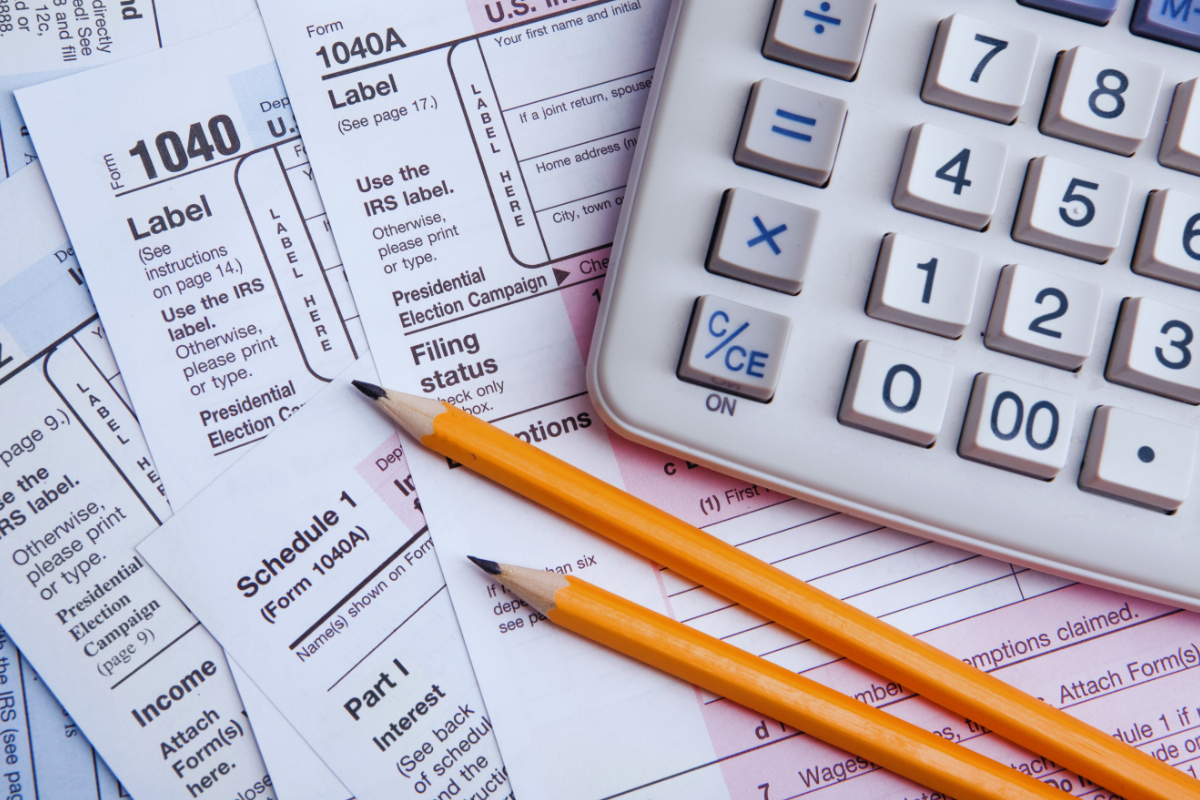How to organize your documents for an error-free tax return
Filing an error-free tax return requires organization and planning. Keeping your documents in order will allow you to avoid problems with the IRS and take advantage of all available tax deductions and credits. To achieve this, it is essential to have an efficient system that helps you collect, classify and store the necessary information.
One of the first steps to filing a successful tax return is to gather all documents related to your income. This includes W-2s, 1099s, and any other proof of income, such as bank statements and investment records. Additionally, if you are self-employed, it is important to have invoices and receipts to support your business earnings and expenses.
Another key aspect is to organize your proof of tax deductions and credits. Collect receipts for medical expenses, mortgage interest, donations to charities, and education-related costs, as these can help reduce your tax burden. It’s also a good idea to have documents on hand to support deductions for home office expenses or vehicles used for work purposes.
To avoid errors on your tax return , check that all documents are up to date and accurate. Compare the information on the forms to your personal records and make sure they match. A small error in an identification number or reported amount can lead to unnecessary delays or audits.
Using digital tools can make it easier to organize documents. Cloud storage apps and accounting software allow you to keep all information in one place, preventing the loss of important documents. Additionally, some platforms offer automatic categorization features, which simplifies the tax filing process.
Finally, keeping copies of your tax return and supporting documents for at least three years is a good practice. In the event of an IRS audit or inquiry, having an organized history can save you time and trouble.

